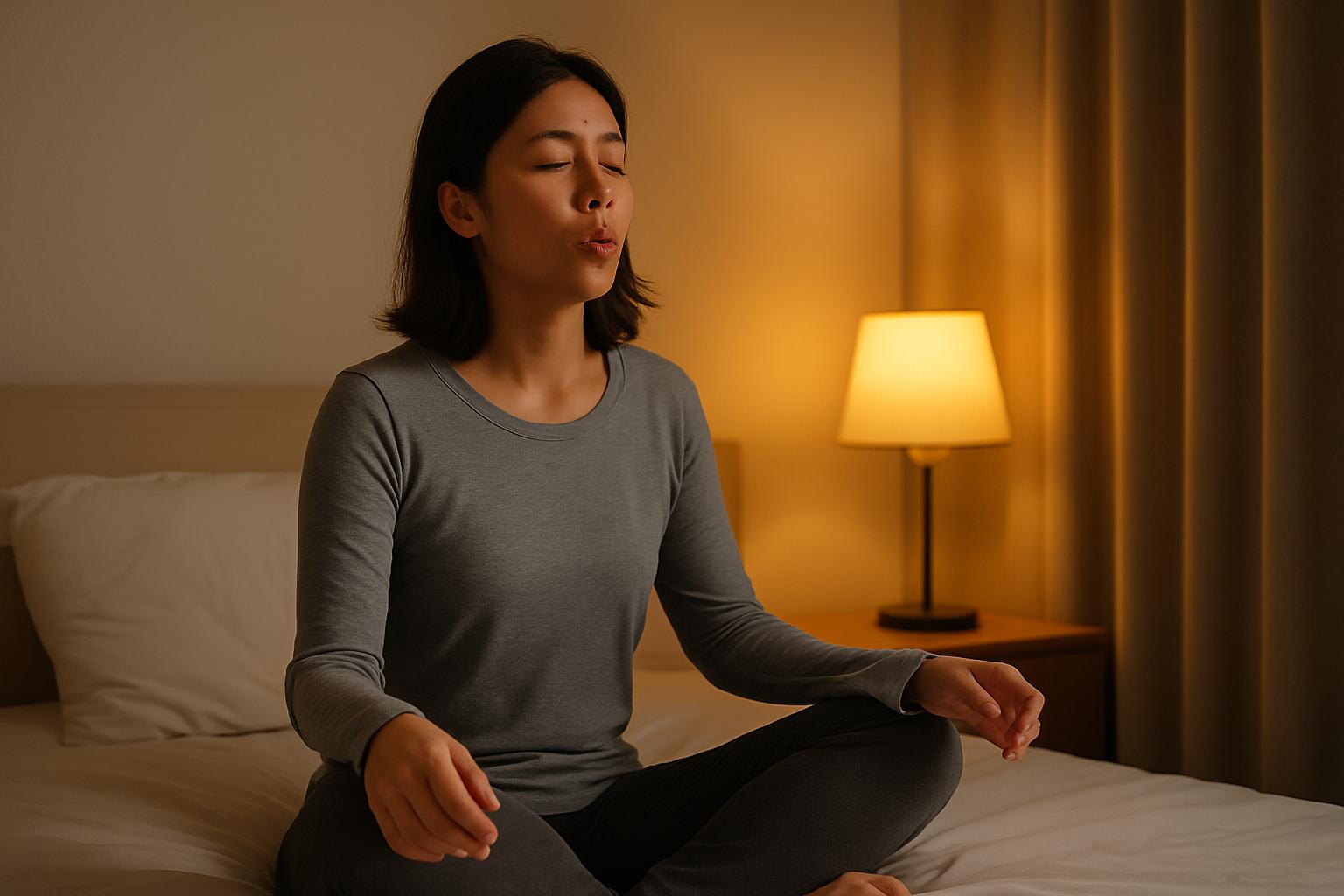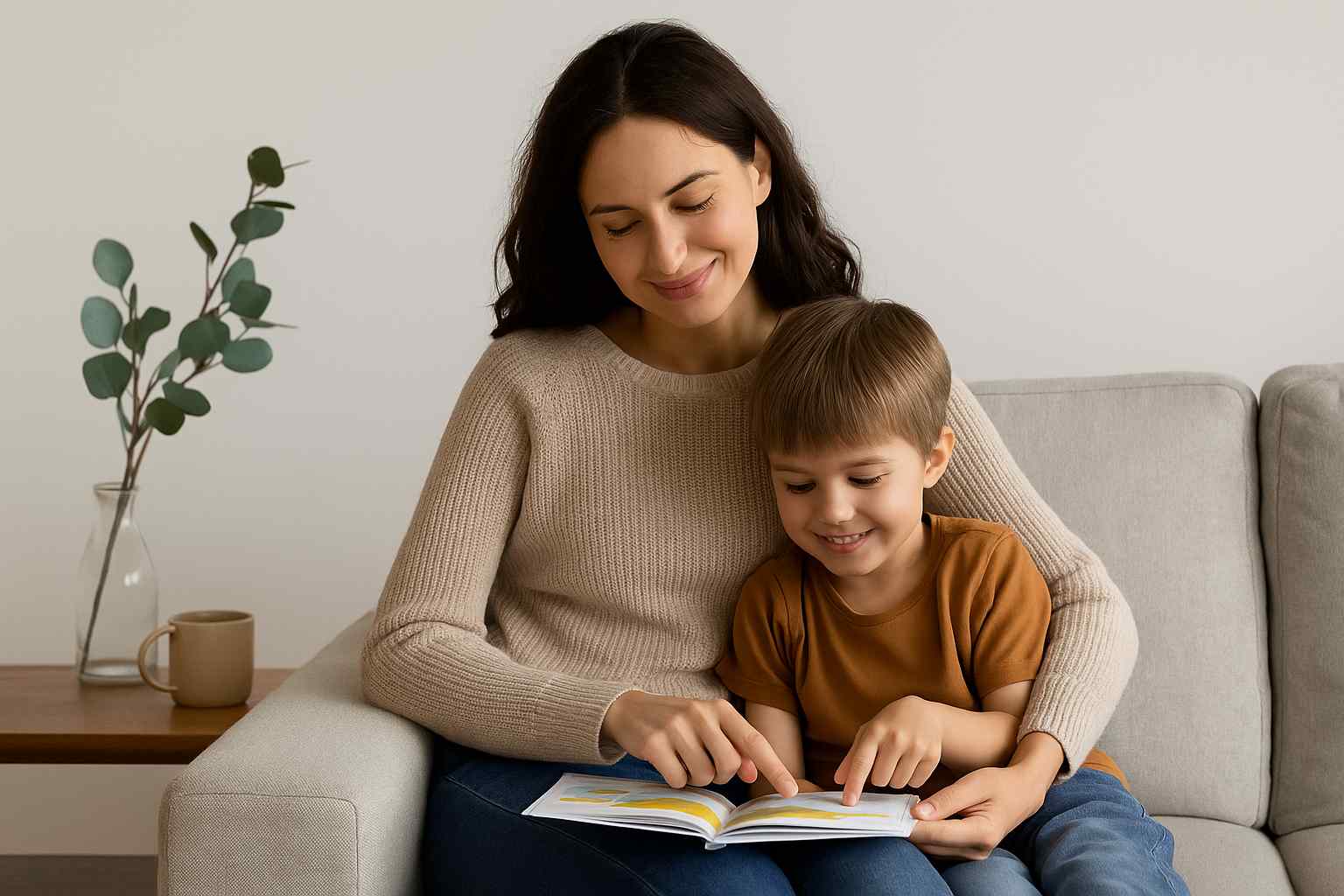Harnessing Ear Seeds for Effective Knee Pain Management
Suffering from knee pain can greatly impact daily life, but there’s a non-invasive solution that might offer relief: ear seeds for knee pain. Rooted in Traditional Chinese Medicine, these tiny seeds are part of auriculotherapy, targeting specific points on the ear to alleviate discomfort. This guide delves into how ear seeds can be a key component in your non-invasive knee pain treatment strategy, offering insight into techniques and points used in this unique method. Ready to discover how ear seeds might ease your knee pain?
What are Ear Seeds?
Ear seeds represent a unique facet of Traditional Chinese Medicine for pain management, originating from an ancient practice that spans thousands of years. In Traditional Chinese Medicine (TCM), ear seeds are tiny, typically from the Vaccaria plant, and are used in auriculotherapy. This modality believes the ear is a microsystem reflecting the entire body.
The concept is simple yet profound: the ear hosts points corresponding to various body parts and ailments. When these seeds are placed on specific points on the ear, they apply gentle pressure, stimulating those points. This stimulation is thought to activate the body’s natural healing processes, particularly in relation to pain management and overall wellness. In knee pain, specific ear points are targeted to address the discomfort. The practice offers a unique way to manage pain, aligning with the principles of TCM that seek to balance the body’s energy, or Qi, for overall health.
Understanding Knee Pain
Knee pain can stem from various sources, each affecting individuals differently. Here are some common causes and types:
- Arthritis: A leading cause of knee pain, especially in older adults. It includes osteoarthritis (wear and tear) and rheumatoid arthritis (autoimmune).
- Injuries: Such as ligament tears, meniscus injuries, or tendonitis, often resulting from physical activities.
- Overuse: Repetitive motions can lead to knee pain, which is common in athletes or those with physically demanding jobs.
- Mechanical Problems: Issues like dislocated kneecaps or foot injuries alter gait, leading to knee stress.
- Age-Related Changes: Natural wear and tear over time can result in chronic knee pain.
Understanding these causes is crucial when considering alternative treatments like ear seeds for targeted relief.
Auriculotherapy and Knee Pain Relief
A key study underscoring the effectiveness of this approach can be found in a publication titled “Effects of the Whole-Body Vibration and Auriculotherapy on the Functionality of Knee Osteoarthritis Individuals” (ResearchGate Link). This research highlights how ear seeds were strategically placed at certain points and used in individuals with knee osteoarthritis, demonstrating a targeted method for managing this condition. The results suggest that auriculotherapy can be a valuable addition to conventional treatments for knee pain, particularly osteoarthritis.
The success of auriculotherapy in managing knee pain lies in its ability to stimulate the body’s natural healing processes. This therapy is believed to reduce pain, improve mobility, and enhance the overall quality of life for those suffering from knee ailments by targeting specific auricular points.
Applying Ear Seeds for Knee Pain
Applying ear seeds for knee pain involves identifying and stimulating specific acupuncture points on the ear. Here’s a step-by-step guide based on insights from Dr. Gene Wei DOM:

- Identify Knee-Related Regions on the Ear Chart:
- Refer to an ear chart, like the one included in the Dragon Acupuncture Ear Seed Kit, to locate the regions related to the knee.
- Prepare the Ear:
- Clean the ear with rubbing alcohol.
- Use a rounded, pointed object, such as an ear acupressure tool or a chopstick with a finer tip.
- Locate Sensitive Points:
- Apply firm pressure on points around the knee and leg regions on the ear chart.
- Search for extra sensitive spots, indicating the correct points for ear seed placement for knee pain.
- Apply Pressure and Place Ear Seeds:
- Push on sensitive spots with firm pressure for 10-15 seconds, causing slight discomfort.
- After releasing, an indent should be visible where the ear seed will be placed.
- Stimulate Ear Seeds:
- For 3 days, press the ear seeds a few times daily for 10-15 seconds.
- Relax for about a minute between presses.
- Repeat 2-3 times per session, with 3-4 sessions daily.
- Remove Ear Seeds:
- After 3 days, remove the ear seeds, or earlier if they fall off naturally.
Remember, there are four specific acupressure points on the ear for knee pain relief, as highlighted in the ear seeds kit. Proper placement and stimulation are crucial to maximizing the benefits of this technique.
Complementary Therapies for Knee Pain
Combining ear seed therapy with other holistic health practices enhances knee pain management:
- Acupressure:
- Identify acupressure points for knee pain relief as outlined in the guide on acupressure for knee pain relief.
- Apply firm, tolerable pressure, hold for 20-30 seconds, and gently rub the area.
- Repeat this cycle 2-4 times for each point.
- Lifestyle Changes:
- Engage in low-impact exercises.
- Focus on weight management.
- Wear supportive footwear.
- Physical Therapy:
- Strengthen and increase the flexibility of knee muscles.
- Practice posture correction techniques.
This holistic approach, which includes ear seed treatment, provides a comprehensive strategy for knee pain relief.
Safety and Precautions
While using ear seeds for knee pain is generally safe, there are important safety considerations and scenarios where caution is advised:
- Auricular Therapy Benefits: It’s a non-invasive, low-risk method for managing knee pain and promoting relaxation.
- Potential Risks:
- Overstimulation might lead to discomfort. If this occurs, remove the ear seeds and rest.
- Rarely, seeds might dislodge into the ear canal. Avoid inserting fingers; tilt the head to encourage the seed to fall out.
- Contraindications:
- Individuals with skin allergies should use ear seeds cautiously.
- Those with weakened immune systems, such as cancer patients, must consult a doctor before use.
- Medical Consultation:
- Seek advice if experiencing adverse reactions like persistent rash or infection.
- People with existing health conditions or weakened immunity should consult healthcare professionals before starting ear seed therapy.
Adhering to these guidelines ensures a safer and more effective experience with ear seeds for knee pain management.

Try our Anti-Aging Gua Sha Tool designed to bring out your skin’s natural glow.
Best Gua Sha Product- Anti-Aging: The tool is designed to target 11 specific aging signs such as wrinkles and sagging skin. By following the 7-step routine, users can improve skin firmness and reduce fine lines naturally.
- Enhances Skincare Routine: It works effectively with serums and lotions, boosting absorption and efficacy of skincare products.
- Visible Skin Improvement: Users can expect a smoother complexion, reduced puffiness, and a more youthful appearance.
 P. Sze
P. Sze 

















